A recent LendingTree survey revealed that many Americans no longer see fast food as the affordable food option it once was. Now, many people view fast-food restaurants as a luxury. This view is reflected in the spending habits of customers and in the response of many companies.
How We View Fast Food
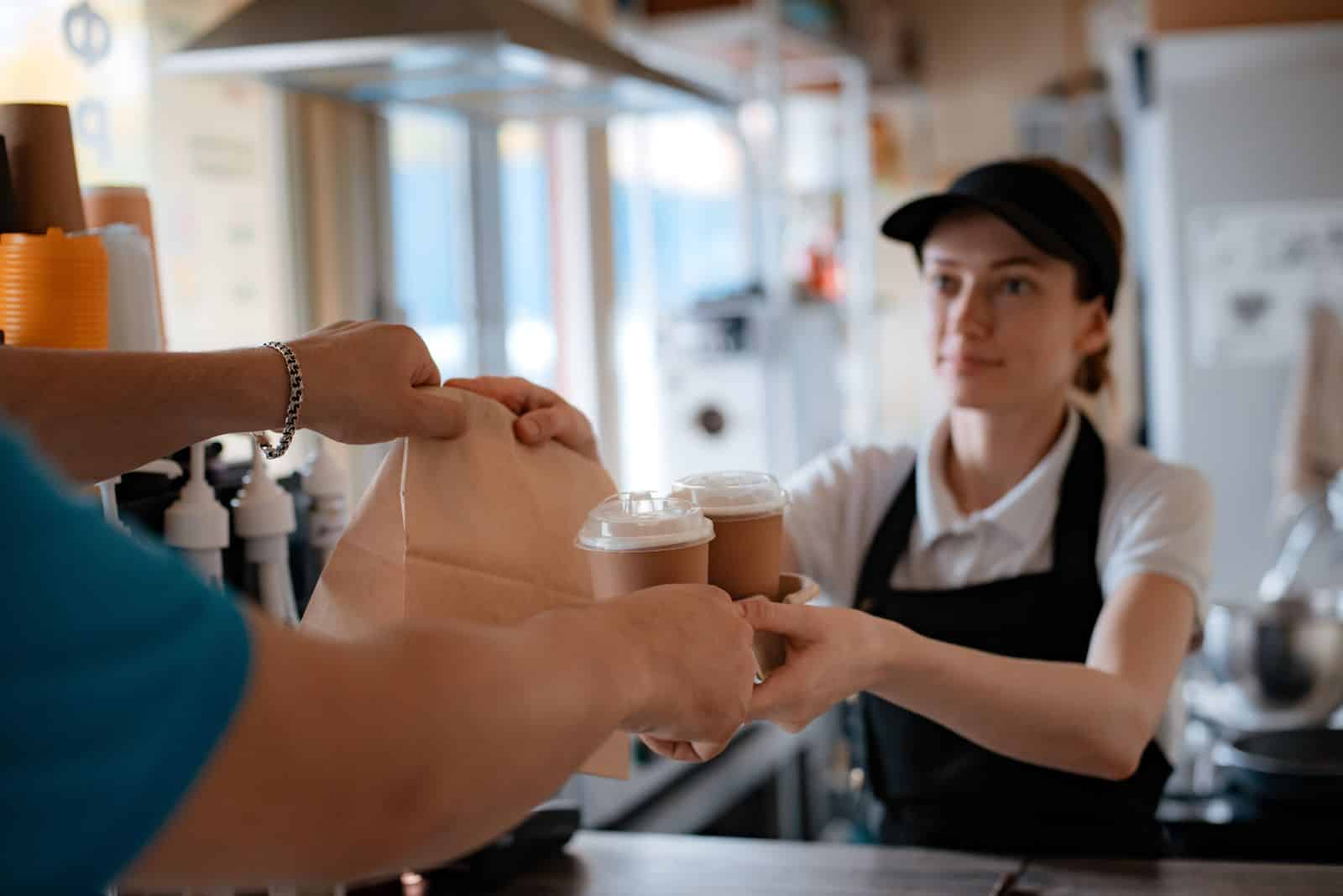
A few years ago, fast food was considered to be a generally unhealthy, but cheap and quick meal option. Now, according to a recent LendingTree survey, 78% of Americans view it as a luxury option.
History of Fast Food

With its creation in 1916, White Castle became the first fast-food restaurant. Since then, many global competitors, such as McDonald’s, Burger King, and KFC have risen in popularity, becoming symbols of affordability and convenience.
Early Pricing
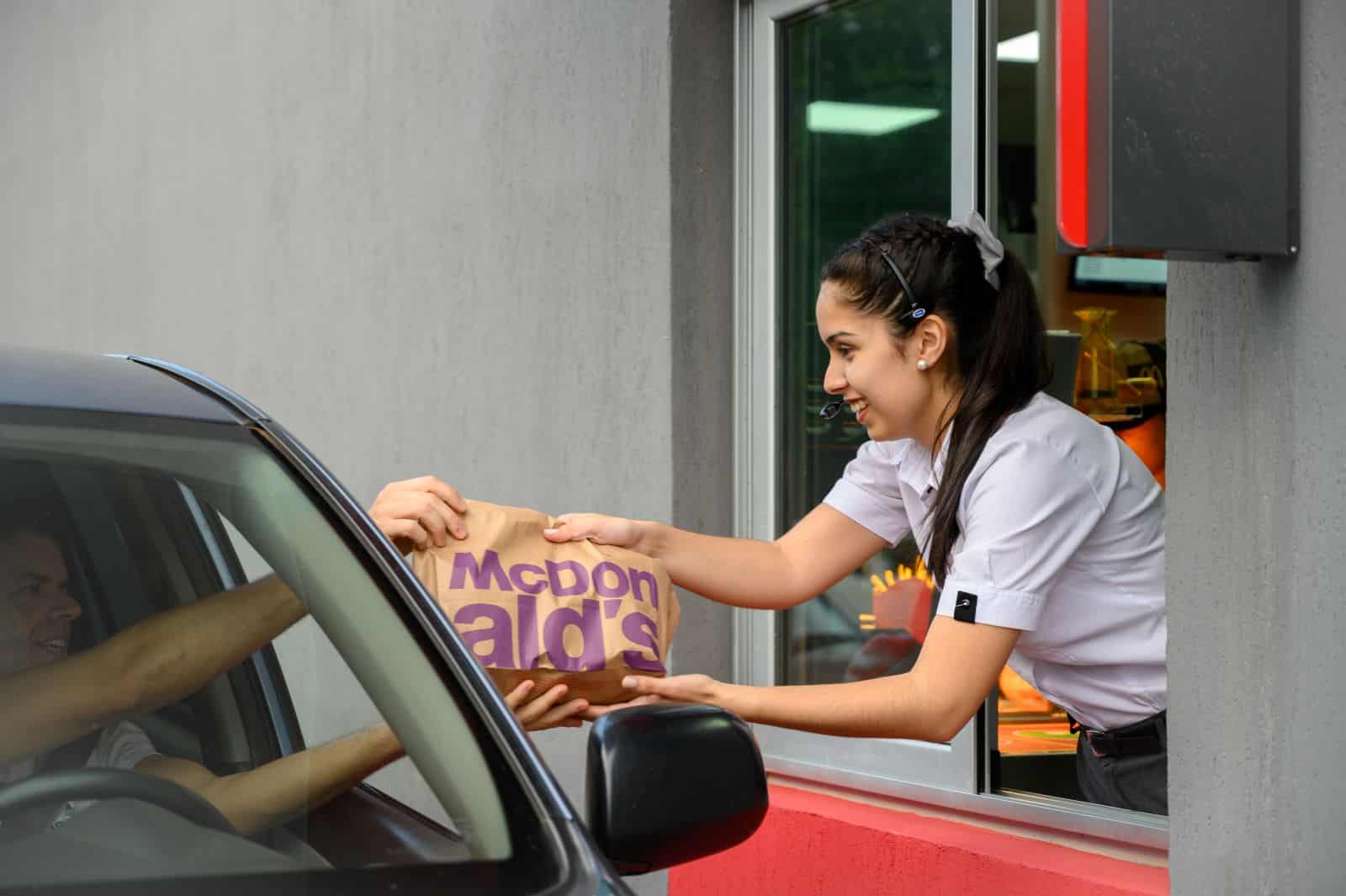
Fast food was originally designed to be budget-friendly. Meals were priced low in order to attract more customers, making it accessible to almost anyone.
Pricing Rises with Inflation

As time has progressed and inflation continues to rise, so has the cost of ingredients, labor, and overhead. This shift in expenses has led to higher prices at fast food chains.
Effect of the Pandemic

The biggest impact of the pandemic was on the supply chains and operational costs of many fast-food restaurants. As a result, many menu prices continued rising even higher.
Healthier Trends

With an increasing focus on healthy eating in society, many fast-food chains have added healthier, and often more expensive, options to their menus. This is also evident in the added meatless options at many restaurants looking to expand their base and appear more luxurious.
Shift in Consumer Behavior

While concerns about health have long driven consumers away from eating fast food every day, rising prices have now shifted this behavior even more. Consumers are even more selective about indulging in fast food.
An Occasional Treat

Fast food has become an occasional treat rather than an option for regular meals. People are more likely to seek out fast food for their birthdays or as a treat after a bad week, rather than a regular Wednesday-night meal.
Pricing Differences Between Chains

All fast-food chains are not the same. In the survey, participants rated Chick-fil-A and Starbucks as the most high-end fast food chains, followed closely by Chiptole and McDonald’s.
Fast Food Rebranding

Some fast-food chains have opted to embrace the market shift and rebrand themselves as premium options. This has included creating upscale menu items and playing into trendy marketing campaigns.
Impact of Tipping Culture

Tipping used to be reserved primarily for sit-down restaurants. Nowadays, tipping has extended to other food and drink services, including fast-food restaurants. Whether or not each individual tips, the culture is changing and by default, making meals even pricier.
Impact on Low-Income Families

Many low-income families used to depend on the affordability and accessibility of fast food. The rising costs have moved this option out of reach, significantly impacting their daily lives and access to food.
Response of Companies
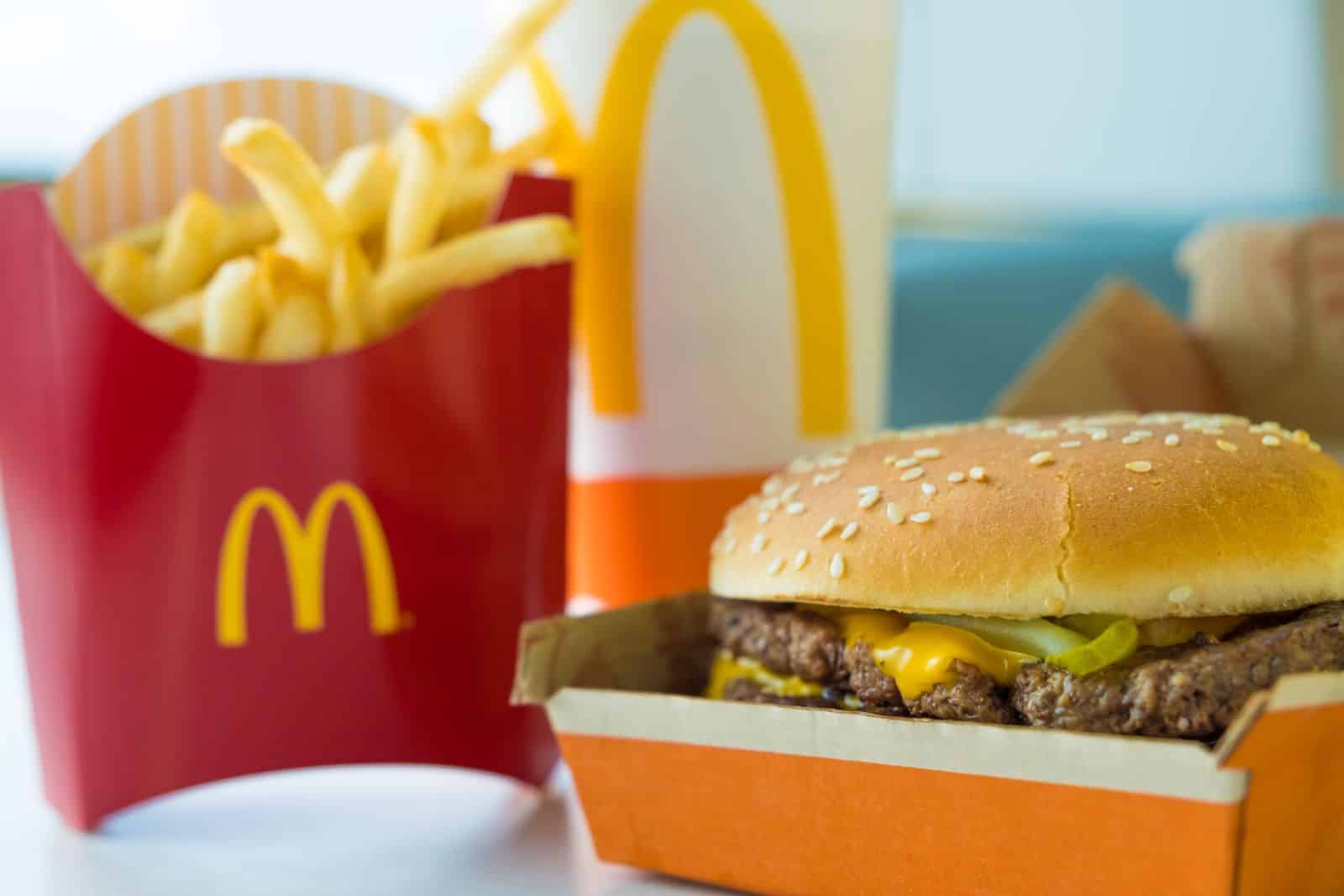
Many fast-food companies are responding to price concerns by offering new deals and promotions. For example, McDonald’s recently announced a new $5 value meal and Wendy’s is introducing a $3 breakfast deal, in an effort to bring more customers.
Menu Innovation
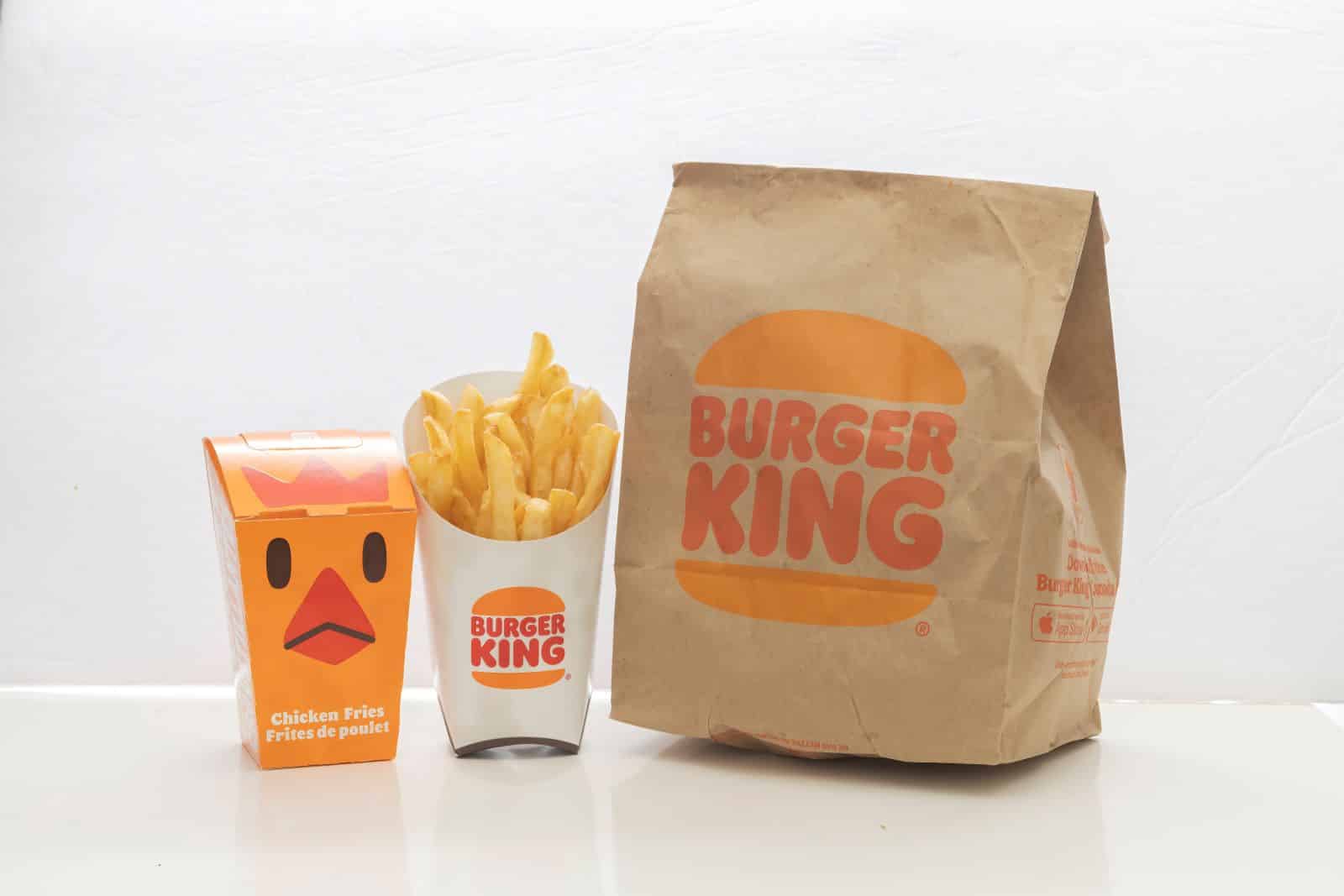
Some chains are changing their menus by offering new, unique items. This includes limited-time offers for specific items and new flavors to attract customers who are willing to spend more for the experience.
New Loyalty Programs

To keep people coming back, many chains are introducing loyalty programs or enhancing their current systems to reward regular customers. These programs offer discounts, various free times, and other incentives.
Role of Technology
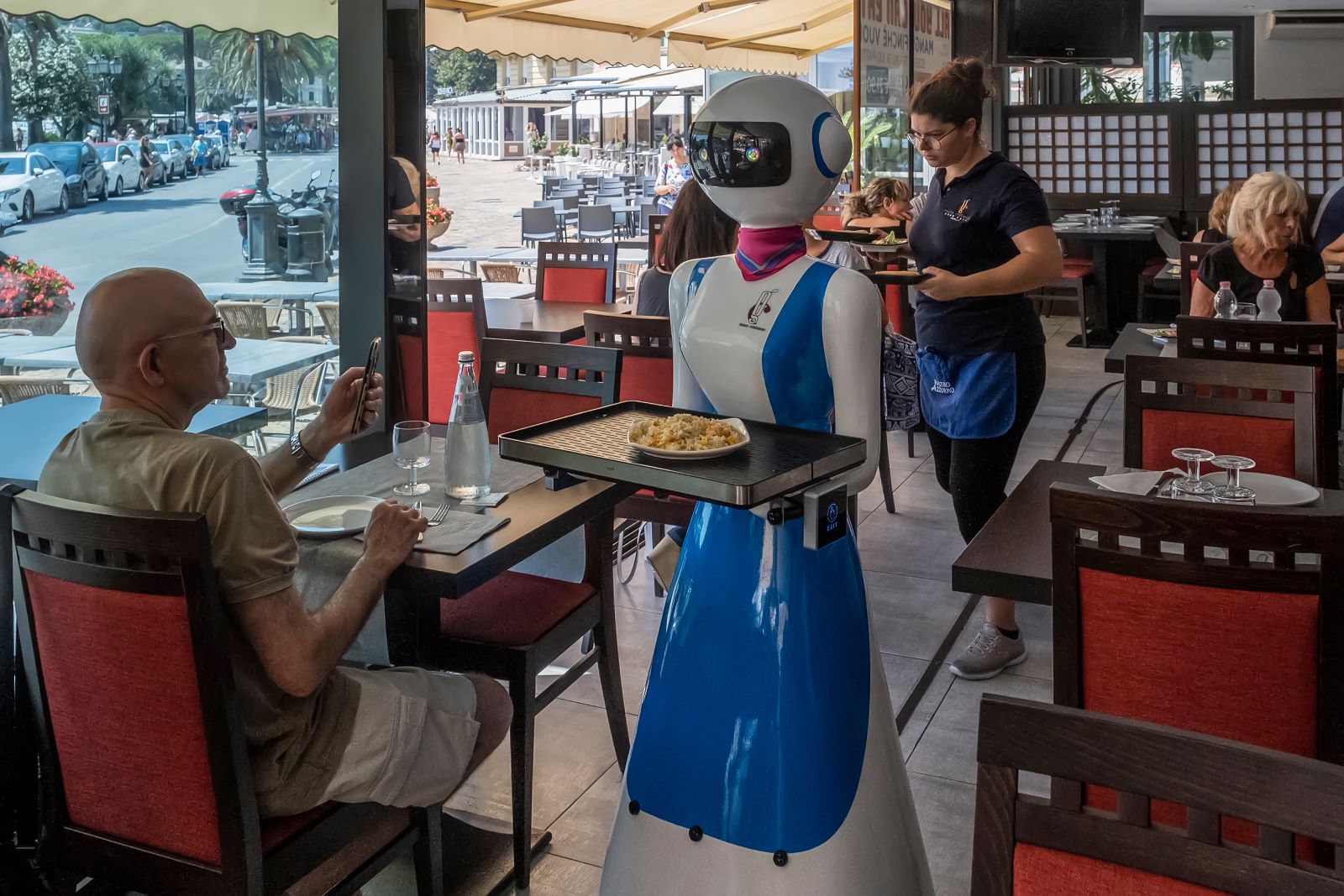
Technology has increased the convenience of fast food even more. Customers are now able to order and request delivery of their meals on their mobile apps or online platforms. While fast food has always been considered a quick option, now it’s becoming even faster and easier.
Appeal of Sustainability

Some chains have chosen to focus on local sourcing and sustainability as their justification for higher prices. This method plays on customers’ willingness to pay more for products they consider to be environmentally friendly or beneficial to their local community.
The Future of Fast Food Pricing

As the economy fluctuates, so will the pricing strategies of many fast-food chains. Companies are attempting to balance affordability with quality and innovation, so there may be continued pricing adjustments.
Consumer Expectations
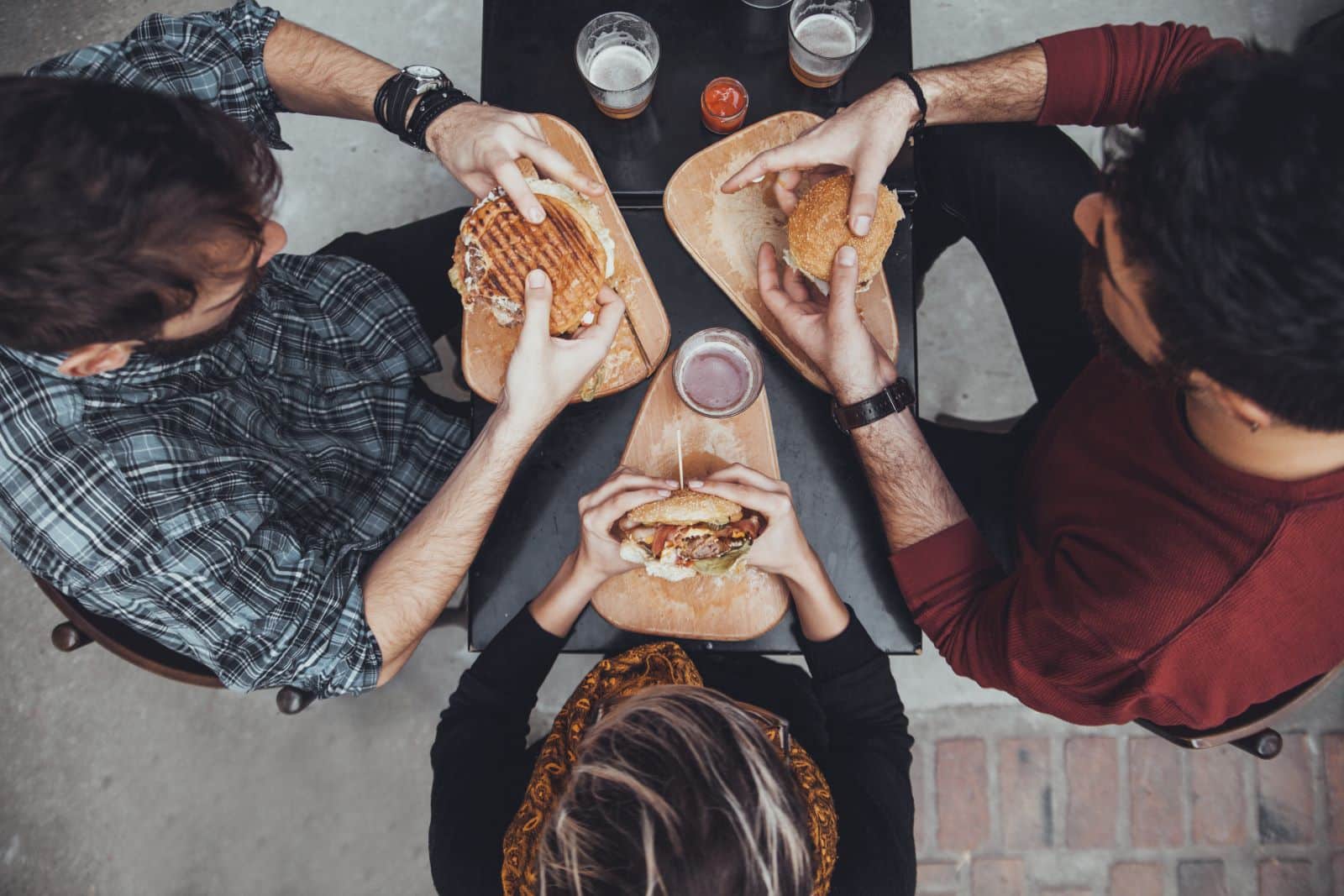
Consumer expectations have risen as fast food has begun to be viewed differently. With the change in perception comes an expectation for higher quality, better service, and regular new menu items from their fast food visits.
‘We Have Food At Home’

Without fast food as an easy and cheap option, many families will most likely turn to cooking at home instead. At one point, fast food was considered to be cheaper than homemade meals but that seems to no longer be the perception.
Fast Food Culture Shift

Fast food is no longer the quick-bite option. It’s becoming a luxury experience for Americans to indulge in selectively, which reflects the wider economic and cultural trends.
Millennials Are Over It: 25 Reasons Woke Culture Is Losing Its Charm

Has the push for progress tipped too far into preachiness? Here’s why many Millennials might think so. Millennials Are Over It: 25 Reasons Woke Culture Is Losing Its Charm
Is It Time Boomers Paid the Price for America’s Economic Inequality?

The American Dream feels more elusive than ever, especially for younger generations. What was once achievable through hard work now faces significant hurdles, from skyrocketing college costs to the challenging pursuit of homeownership. Here’s a look at why it’s tougher for Millennials and Gen Z compared to Baby Boomers. Is It Time Boomers Paid the Price for America’s Economic Inequality?
Rent Crash in California: Landlords Scramble as Prices Take a Hit

California’s rental market is taking a nosedive, with major cities seeing huge drops in rent prices. Rent Crash in California: Landlords Scramble as Prices Take a Hit
Featured Image Credit: Shutterstock / Lomb.
The content of this article is for informational purposes only and does not constitute or replace professional advice.
The images used are for illustrative purposes only and may not represent the actual people or places mentioned in the article.

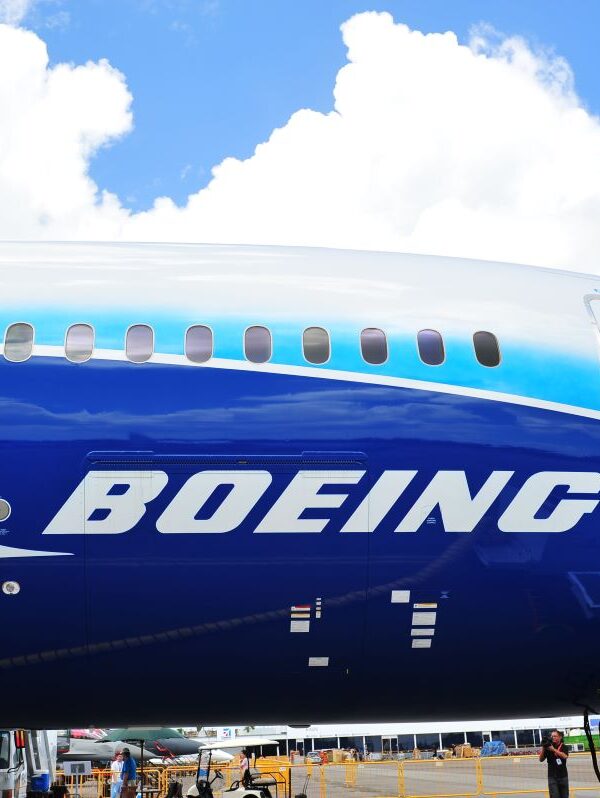



Leave a Reply